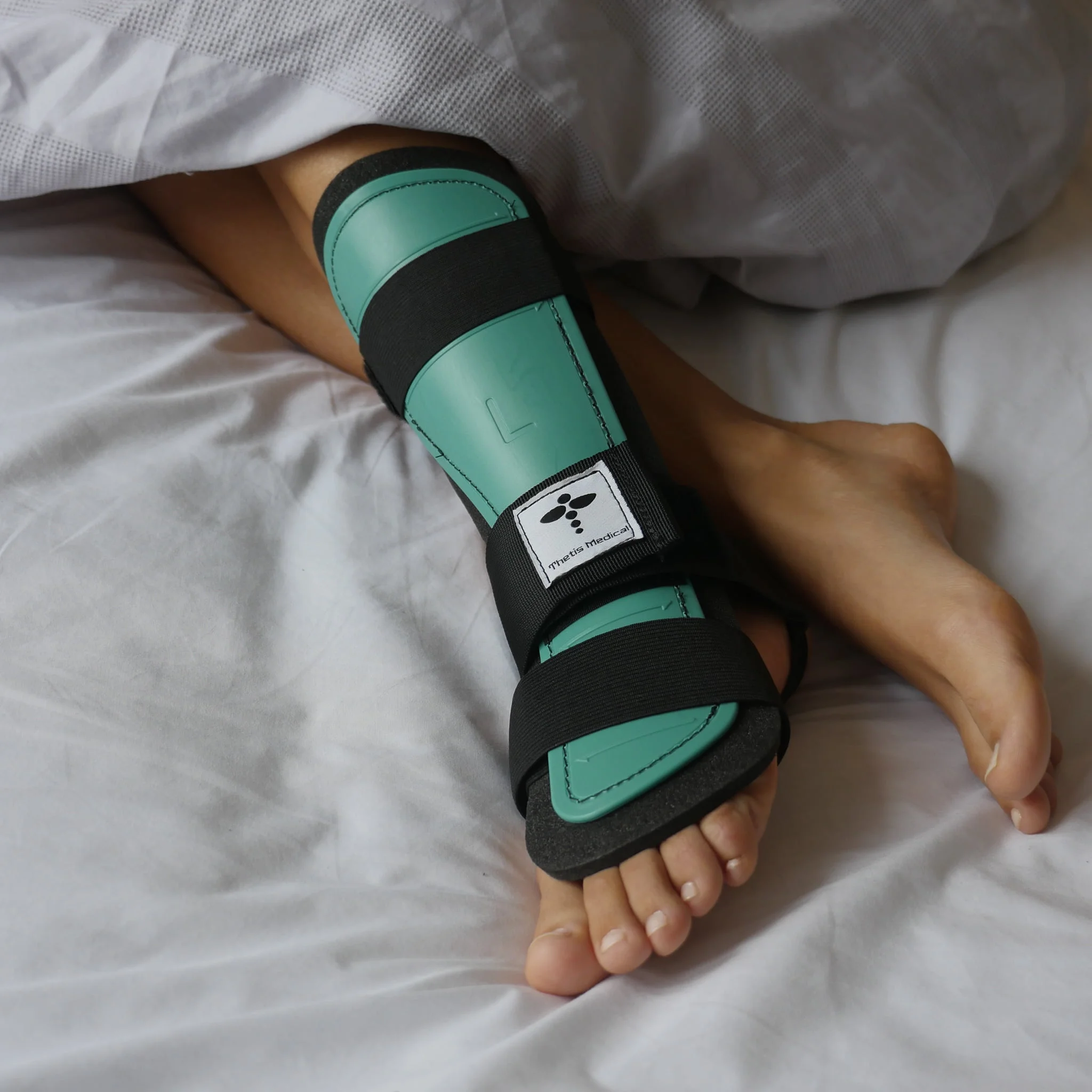Introduction


The Achilles tendon is located just behind and above the heel. Its role is to help the foot to bend downwards at the ankle.
Achilles Tendon Symptoms
When the tendon ruptures a snap is felt and often heard. It is initially very painful but not for long. Swelling and bruising appear within hours.
Causes of Achilles Tendon
Classically, rupture of the Achilles occurs with a sudden and “violent” contraction of the calf muscle and is most commonly associated with racquet sports (tennis, badminton and squash) but can occur as a result of a stumble, fall or even just missing a step. Rarely, it can occur spontaneously.
Diagnosis of Achilles Tendon Rupture
Unfortunately, the injury is often misdiagnosed as a sprain. However, an experienced foot and ankle specialist will make the diagnosis on the basis of symptoms, the history of the injury and an examination.
The Achilles is not the only tendon in the lower leg, so you can still move your foot. Standing onto tiptoes is not possible though. A method known as the ‘Simmonds test’ (also known as the ‘calf squeeze test’ or in the USA as Thompson’s Test) is used to see if the tendon is torn. In this test, you will be asked to lie face down, or kneel, on the examination couch. The doctor will gently squeeze the calf muscles at the back of your leg and observe how the foot moves. If the Achilles tendon is intact, the calf squeeze will make the foot point down (a movement called ‘plantar flexion’). If the foot does not move then the tendon is torn, and so the muscle is not connected to the heel bone. This is an incredibly accurate test for Achilles tendon rupture – arguably “the best test in medicine”.
A scan is not required to make the diagnosis of Achilles tendon rupture, but an ultrasound scan is often advised to help plan treatment.
Achilles Tendon Rupture Treatment
Non-surgical treatment
A ruptured tendon can usually be treated non-operatively with Plaster of Paris and then “functional” bracing in a boot, with heel wedges or hinges. The boot holds the leg on tiptoes so the torn tendon is relaxed and can heal.
The tip toe position must be maintained 24/7 for a period of ten weeks.
Surgical treatment
Surgical treatment may need to be considered if an ultrasound scan shows that the torn ends of the tendon are not close enough together to mend reliably. Surgery can then bring the two ends together. This does not make the tendon strong. It requires the same time to heal and so the period of immobilisation in a cast / boot is still ten weeks.
If surgery is needed, then problems with the skin stitches are a risk. With expert care and minimally invasive methods many of the problems encountered with older surgical techniques are now avoidable.
Blood Clots / Thrombosis
Thrombosis is when blood clots form within veins, usually in the leg. Blocked veins lead to swelling and discomfort. The situation becomes dangerous (even fatal) if clots break away and go to the heart and lungs.
We therefore strongly recommend blood-thinning medicine for the first few weeks of your recovery. Once you are walking well and the boot is being adjusted, the risks fall away.
Recovery Phase
Whether or not surgery is required, the foot must be held in the tiptoe position, both night and day, to relax the healing tendon. This rule applies for ten weeks.
If the foot accidentally comes upwards too far then the Achilles tendon stretches and tears again.
Recovery is a 10 week “game of snakes and ladders”.
One mistake means starting again, right from the beginning…..
Innovation and Improvement
At the London Foot and Ankle Centre we try to ensure that your long recovery is as manageable as possible. Wearing the protective boot at night is particularly unpopular with patients. This is why we have helped to develop an alternative device to wear at night.
The Achilles Rupture Night Splint from Thetis Medical is a lightweight device that holds the foot securely while you rest comfortably:


There is a useful FAQ section about recovery from Achilles Tendon rupture too:





